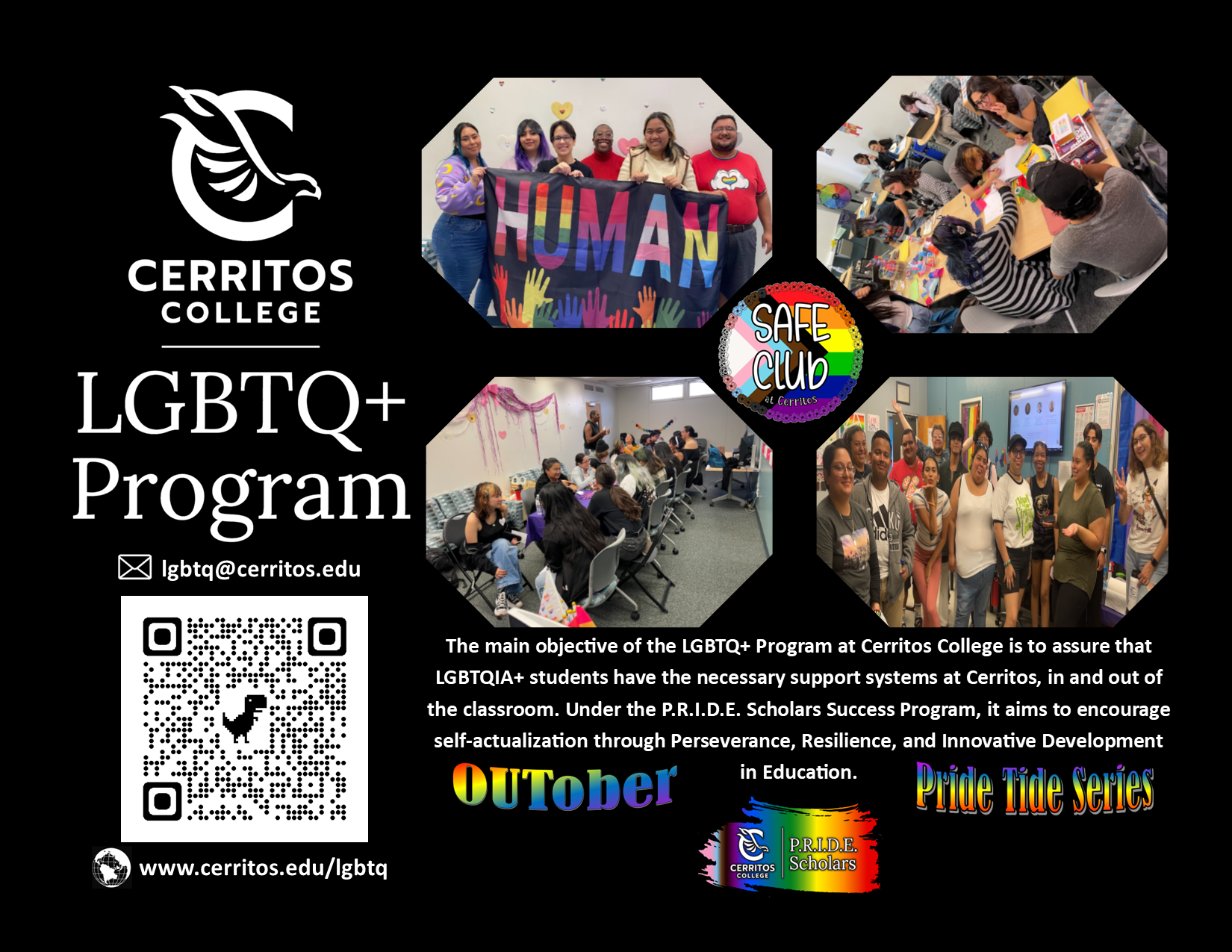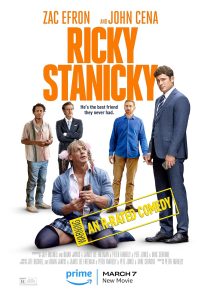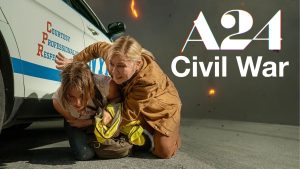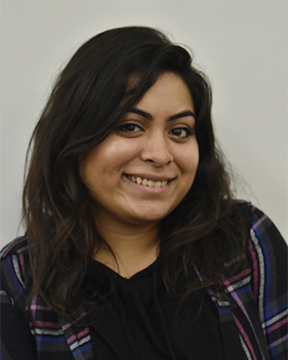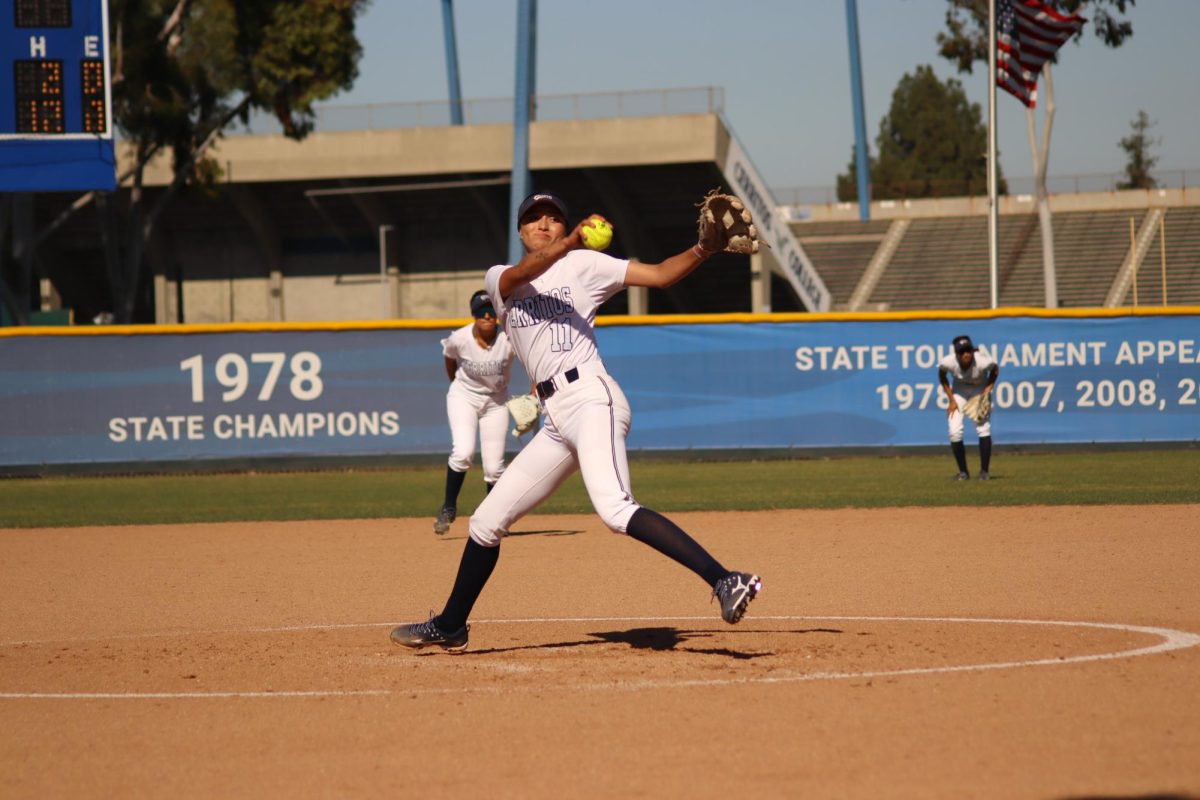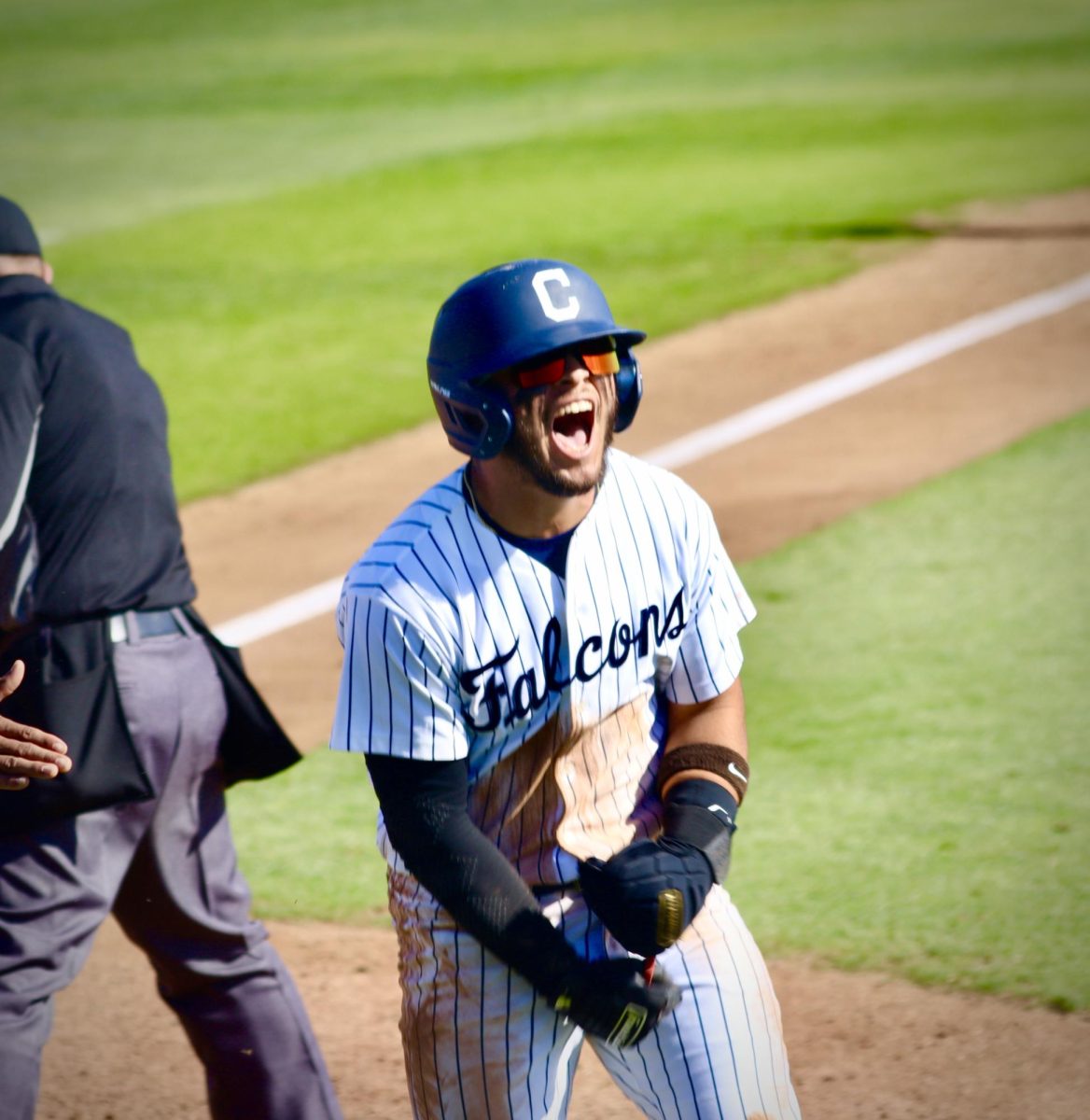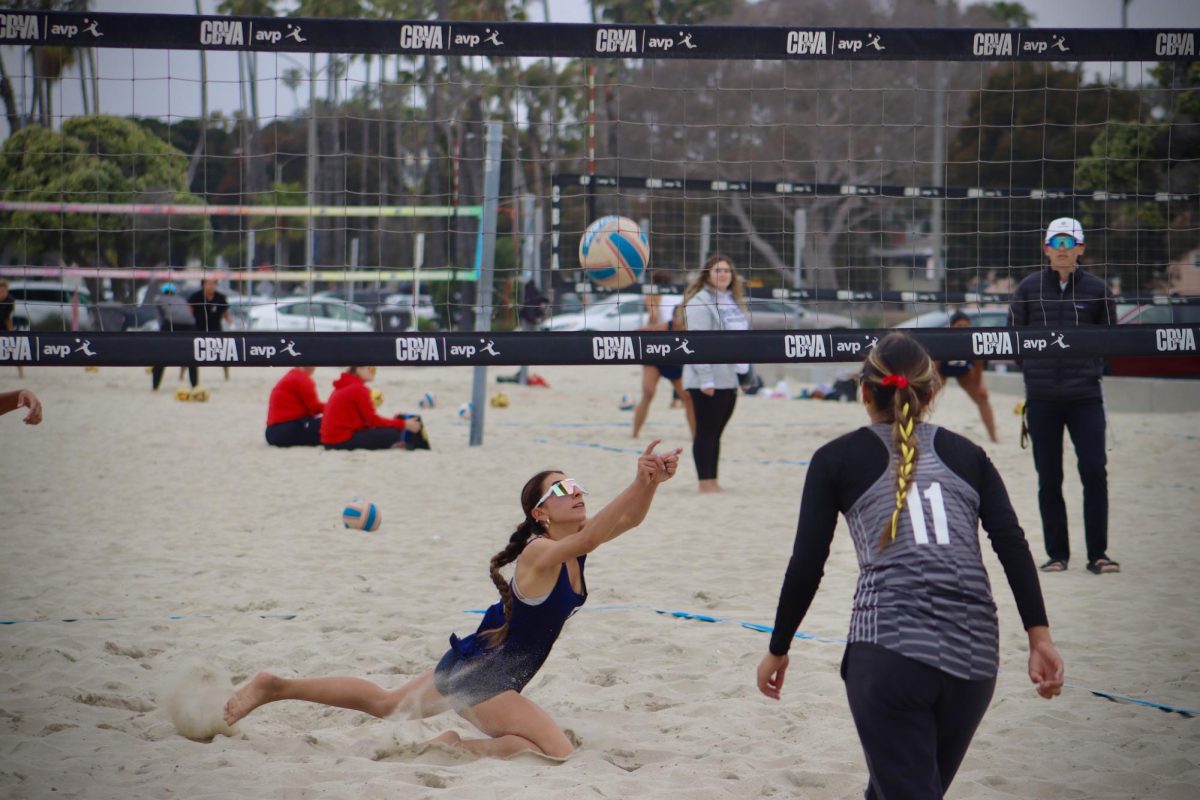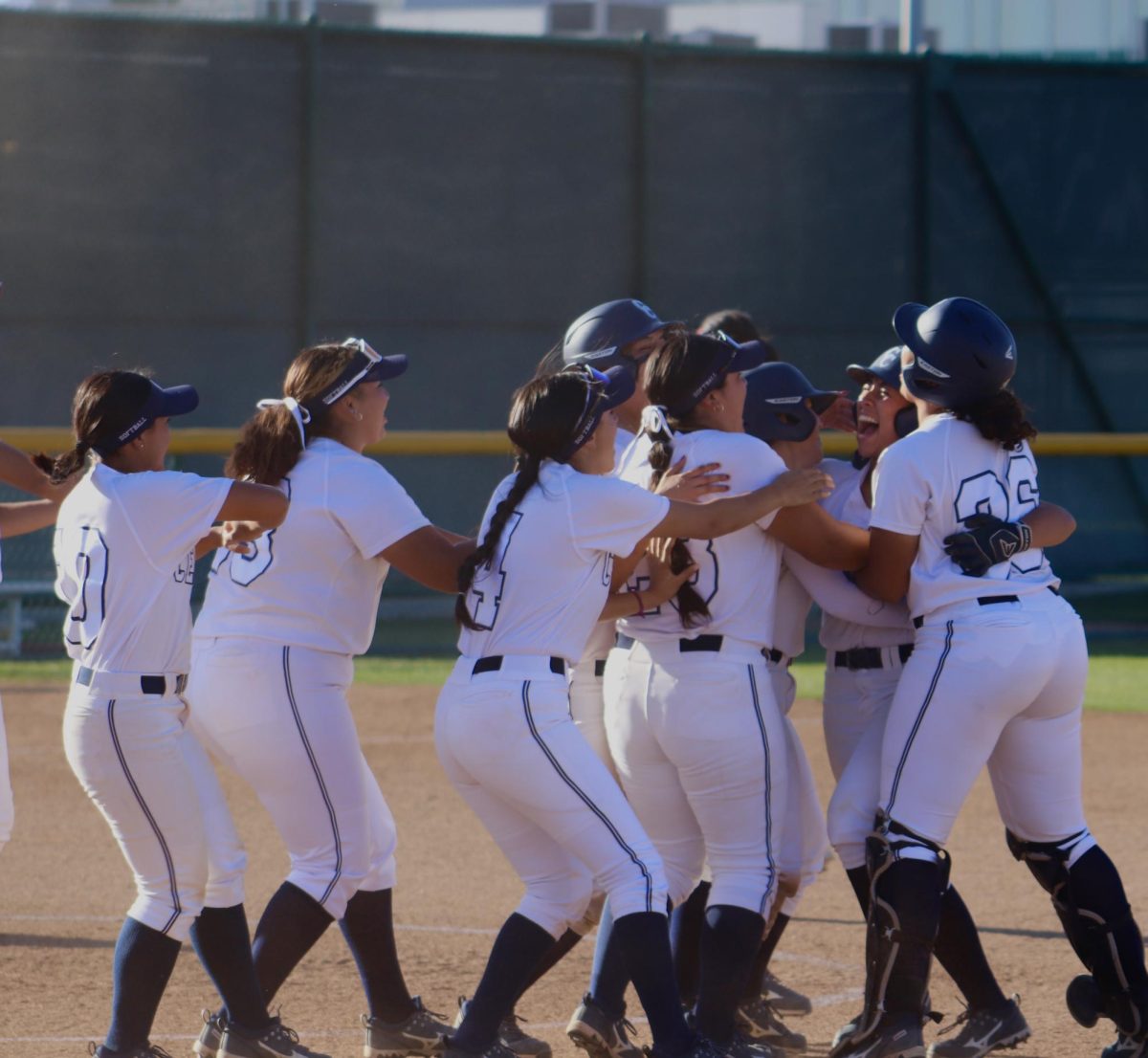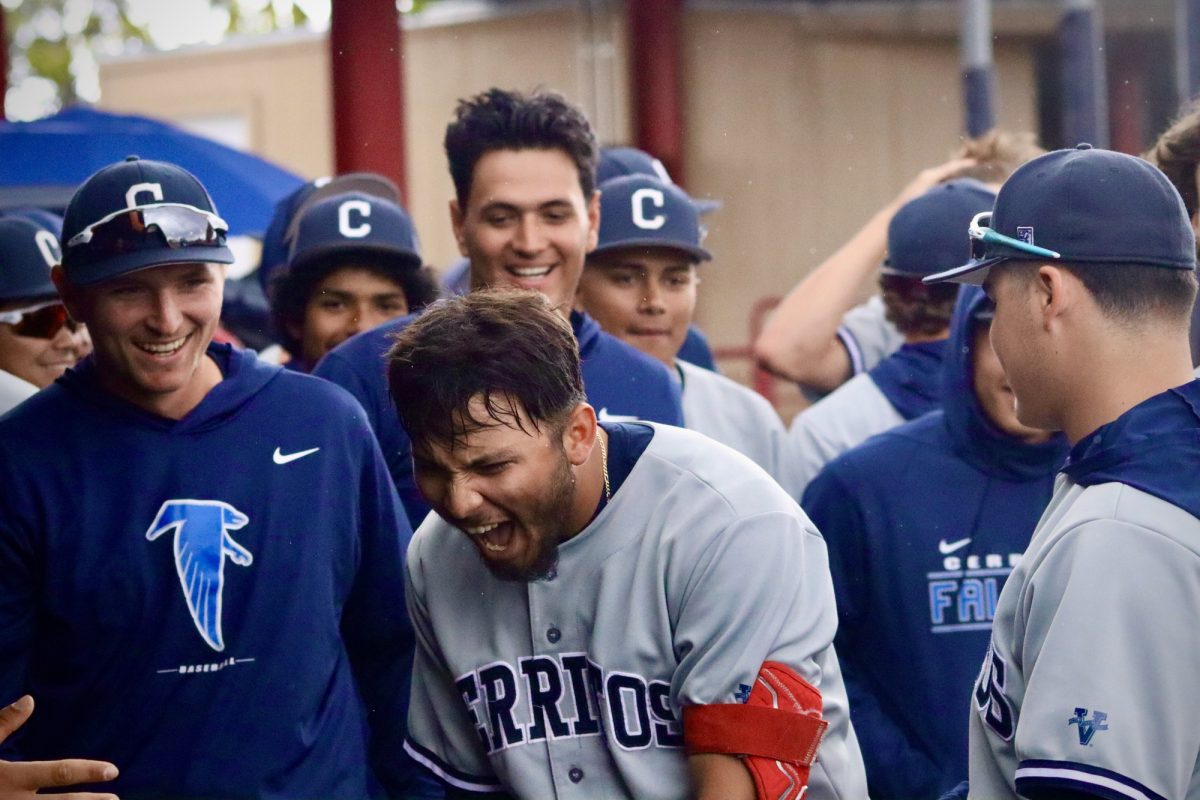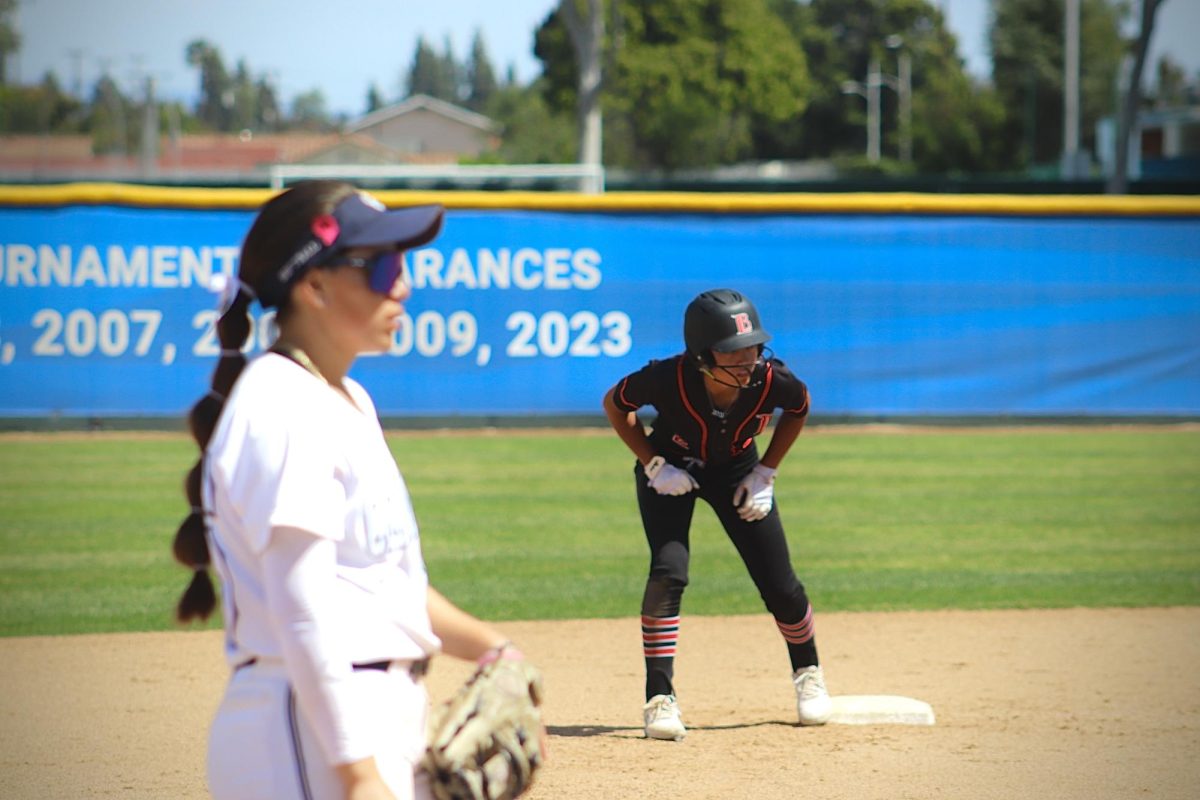The athletic training program at Cerritos College is comprised of certified athletic trainers, who teach student staff to become trainers by guiding them through procedures which provide medical services to injured athletes on campus.
The student staff team is hands-on.
Beside setting up for games and gathering water for the athletes, the staff performs other services.
The services include injury evaluation, taping, and stretching.
Veronica M’Caughan, student staff member said, “I usually start at 11 a.m. but if I come in earlier, I start as soon as I come in because there is always athletes in here.
“There is a benefit of all of us being here because we help each other, we feed off of each other.”
Student staff members are the first responders when athletes are injured.
Once they get to the injured athlete they go through a systematic and standardized procedure used to evaluate injuries called “HOPS”.
· History
· Observation
· Palpation
· Special tests
They will first gather information about how the injury occurred, use their eyes to evaluate, examine the athlete by touching and use techniques to detect what is wrong.
The student staff is not allowed to determine what happened to an athlete, but tell the certified trainers what they think the injury is.
The certified trainers, like Brian Cable and Maria Castro, will then do the evaluation again and guide the students on what they could have done to determine the injury.
Montez Hunter, student staff member explained, “They [athletes] get a little relieved after being told what was wrong or they get upset. Either way they get motivated to get back on the field.”
The first time a student staff member is allowed to touch an athlete is during the palpation process.
If the staff notices it has to do with dislocation or fractured bones they are not allowed to touch, if bones were moved it could make things worse.
The students explained how much pressure comes from dealing with an injured athlete.
If an athlete comes to the student staff for taping and the staff member doesn’t do it as well as the athlete expected, the athlete will not come back to that student.
There is also pressure on stretching an athlete before the game. If the student staff did not stretch the athlete well, they are more prone to getting injured out on the field.
“You don’t help them, you lose the player’s trust and the coaches trust,” said Hunter.
“Everything we do is pretty supervised by [Cable] and [Castro],” said M’Caughan.
According to the student staff members, Castro does the procedures and explains it, then has them do the procedure while watching them.
Cable on the other hand watches you do the procedure while coaching you on how to do it at the same time.
Spencer Knoche, student staff member said, “[Cable] and [Castro] are pretty straight forward. They both have different styles of teaching but it all depends on how you take their information.”
The student staff members were all athletes themselves. They all pursue a degree in kinesiology as their current certified trainers have a Master’s degree in that field.
Hunter expressed, “Every athletic trainers main goal when an injured athlete comes in, is to get them back on the field 100 percent.”

